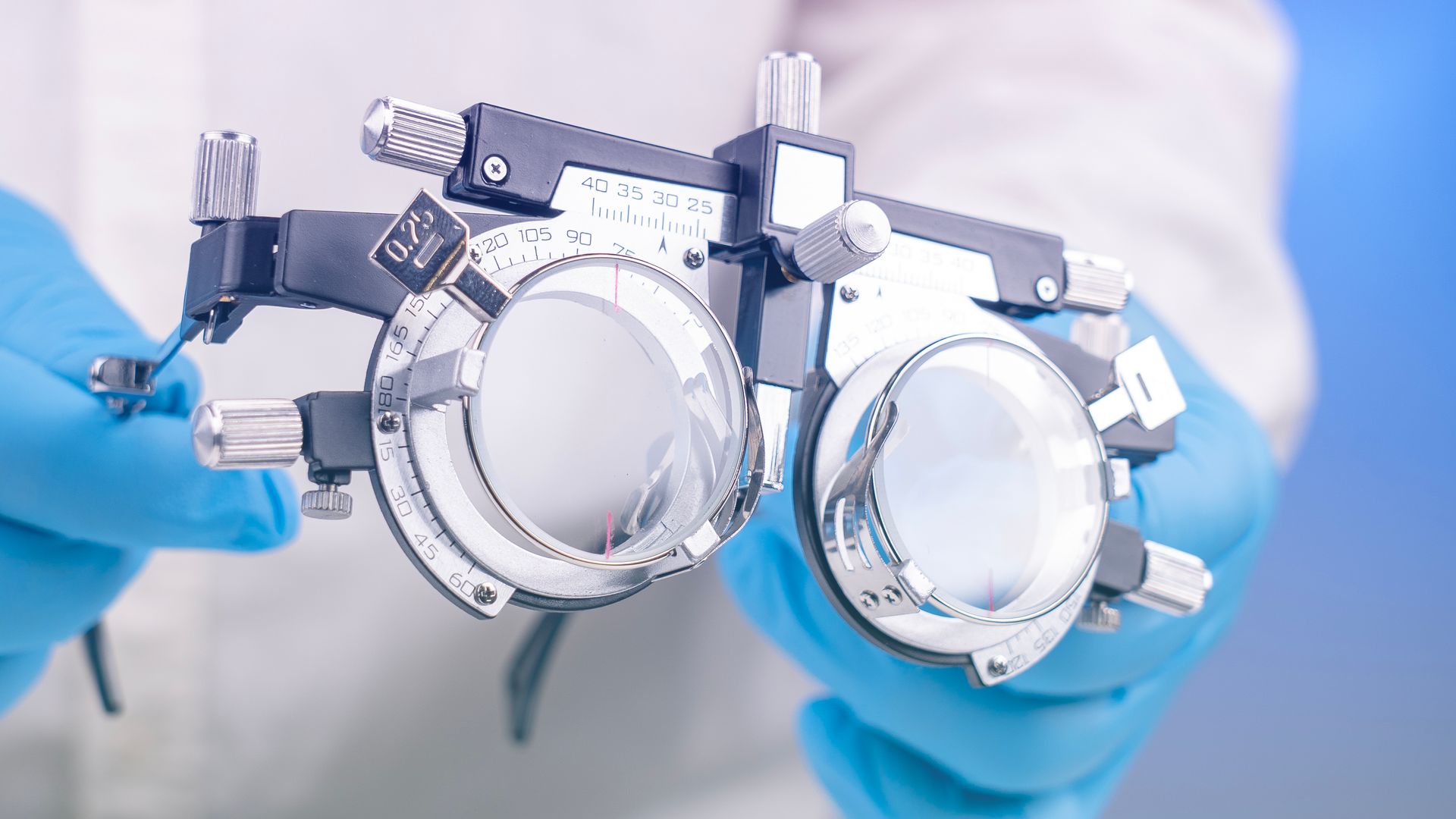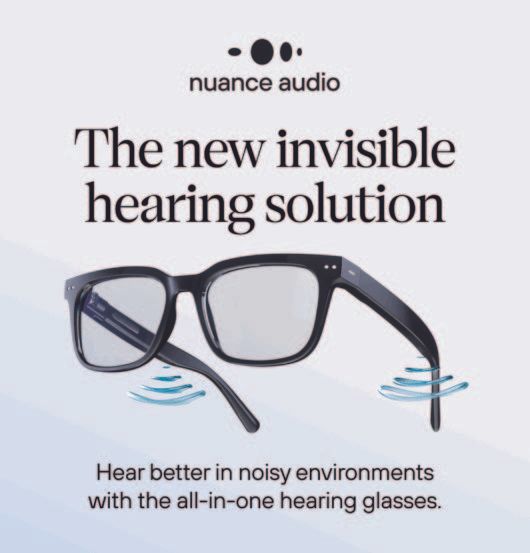Lens Types Explained: What’s Right for You?

Choosing new glasses? Understanding the different lens types can help you get the most out of your eyewear. At VISION Michael Hare Optometrists, we’ll guide you through the options that suit your vision, lifestyle, and budget.
Single Vision Lenses
Single vision lenses have one prescription throughout the entire lens. They’re perfect for:
- Distance (e.g., driving, watching TV)
- Reading or computer use
- Everyday wear
- Hobbies that need specific focus distances, like model building or needlework
Multifocal (Progressive) Lenses
These lenses gradually change power from top to bottom, clear for distance, intermediate for computer use, and near for reading, all in one lens. They’re ideal for people who need a range of vision correction without switching glasses.
Office/Occupational/Extended focus Lenses
Designed for close and mid-range tasks. These are perfect for:
- Office or computer work
- Trades requiring detailed near or arm’s length vision
Bifocal Lenses
These lenses have a distinct line separating distance and near zones. They’re less common these days, but some people still prefer them for their simple design and functionality.
Lens Add-ons and Materials
We’ll also help you choose:
- Thinner, lighter lenses for higher prescriptions
- Anti-reflective coatings to reduce glare
- Photochromic lenses that darken in sunlight
- Polarised or tinted lenses for sun protection
Need help deciding? Our team will walk you through the pros and cons to help you find the perfect lens combination tailored just for you.
Related Articles:
→ Blurry Vision: Sudden or Gradual?
→ How Long Do Glasses Take?
→ Dry Eye Disease: What Is It?
References:
- Jobson Medical Information. Optical Dispensing Manual.
- Sheedy JE. Progressive addition lenses: measurements, designs, and performance. Optom Vis Sci. 2004.

The New Invisible Hearing Solution: Nuance Audio - now available at Vision Michael Hare Optometrists










